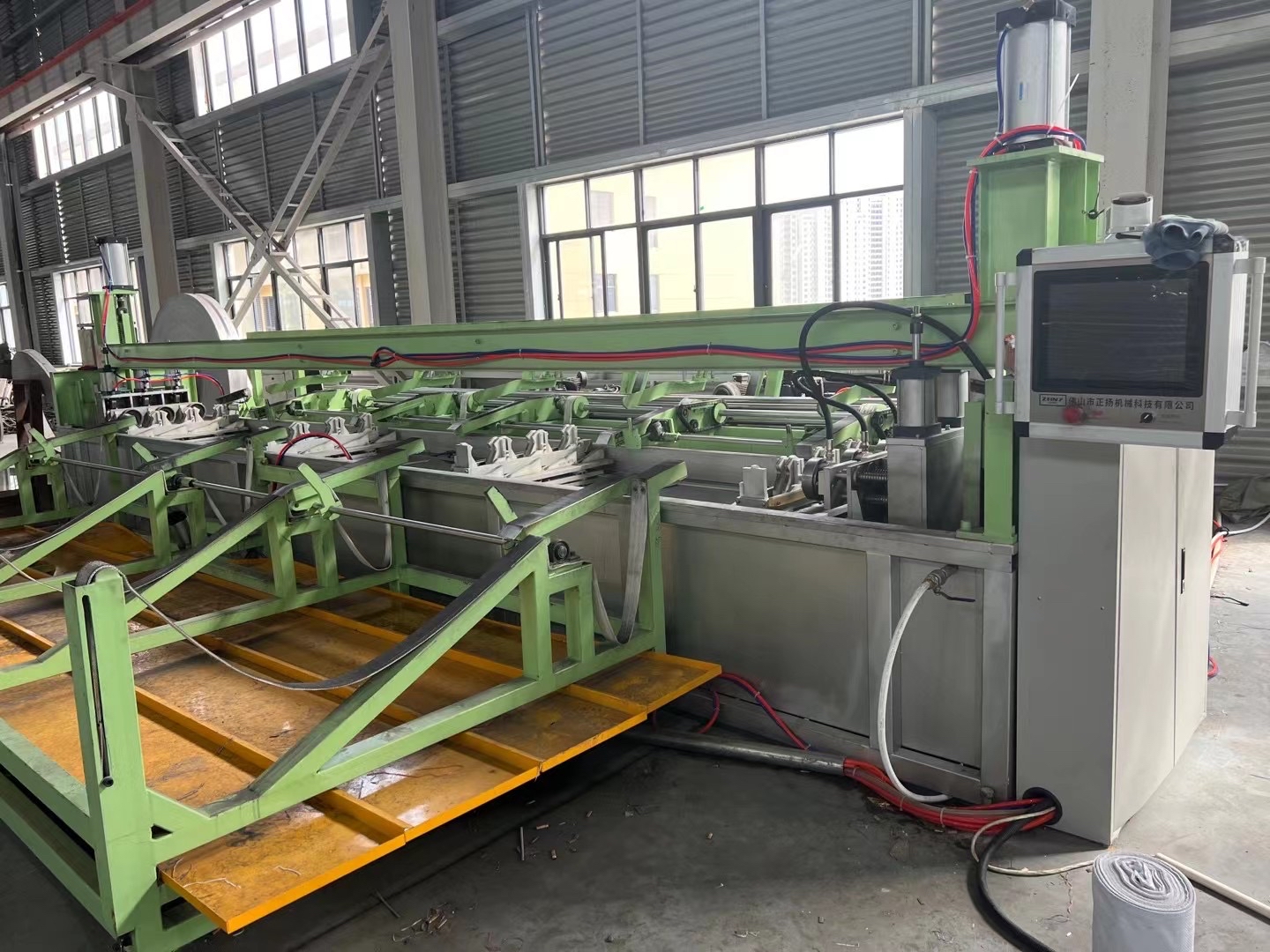The Role of Hydro Testing Machine in Welding Quality Assurance
15 October 2025
You can have perfect-looking weld beads, but unless they hold under pressure, they’re almost worthless in many industrial settings. In pressure vessels, pipelines, boilers, or any application where fluids or gases run under high pressure, a weld failure can be catastrophic—safety risks, costly downtime, reputational damage.That’s where hydro testing machines come in. They offer a real-world “stress test” to verify whether welded joints are solid, leak-free, and up to spec. Think of them like the moment of truth: you weld everything, then you pressure it to see if it holds before it ever sees service.
In short: hydro testing is a critical checkpoint in the welding quality assurance chain.
How Hydro Testing Fits into the Weld QA Workflow
Here’s how hydro testing typically slots into the workflow of a pressure system or pipeline manufacturing process:
-
Weld → after welding, the joint is allowed to cool and undergo any post-weld treatment.
-
Visual & NDT Inspection → crack checks, dye penetrant, ultrasonic or radiographic tests may be done to catch obvious defects.
-
Hydro Test → the part (pipe segment, vessel, joint) is filled with water and pressurized (often 1.3× to 1.5× the design pressure for a given duration) to check for leaks or deformation.
-
Hold / Monitor → pressure is held while observing for pressure decay or leaks.
-
Pass / Fail → if it holds, the weld is validated; if not, the defect must be located and repaired, then retested.
Hydro testing doesn’t replace NDT methods like X-ray or ultrasonic, but it complements them. Some defects (tiny pinholes, poor fusion, microcracks) may evade NDT but reveal themselves under pressure.
What Hydro Testing Reveals About Weld Quality
Here are some specific things a hydro test can reveal that you might not catch otherwise:
-
Micro leaks or porosity: Even very small channels might leak under pressure; adding a dye or visual inspection during test can make them visible.
-
Incomplete fusion / lack of penetration: Under pressure, weak or partially fused metal can reveal itself by deformation or leak paths.
-
Heat-affected zone defects: During welding, the zone around the weld can become brittle or weakened; under pressure, you may see distortion or cracking there.
-
Creep or plastic deformation: If weld metallurgy isn’t sound, repeated or prolonged loads can cause permanent deformation.
-
Weld fatigue performance (indirectly): While hydro testing is a static test, it helps assure baseline integrity—if a weld can’t stand hydro stress, it’s unlikely to do well under cyclic fatigue later.
In pressure vessel fabrication, hydro testing is often mandated by codes (ASME, PED, etc.) as part of the quality assurance regime.

Real-World Example: Spot Test vs Full System
Let me give you a customer story. A pipe fabricator in Southeast Asia was welding multiple sections of high-pressure tubing. They were already doing dye penetrant + ultrasonic. Yet, during length-assembly commissioning, they got leaks at a welded coupling. They retrofitted a localized hydro test station—they isolate just that welded joint (not the whole system), pressurize it locally, and confirm its integrity before putting the whole line together.
This approach saved them weeks of rework—and avoided damage to downstream components. The lesson: it’s powerful to test welds as early and locally as possible, rather than burying a failure in a long line.
What to Look for in a Hydro Testing Machine for Weld QA
Since I sell and support machines like this, here’s a buyer-oriented checklist (from the field) you can use:
|
Feature / Spec |
Why It Matters in Weld QA |
Tip from the Field |
|
Pressure capacity headroom |
To test above the design pressure (1.3–1.5×) |
Always get a machine with “extra” margin — future projects may need higher pressure |
|
Sensitive leak detection |
Ability to detect small pressure drops or trace leaks |
Use a precision digital gauge + bleed valves; dye additive helps |
|
Localized test options |
Ability to isolate individual weld zones or small segments |
Some systems allow you to pressurize just the weld zone (not the full vessel) |
|
Sturdy, non-elastic plumbing |
To avoid false readings from hose stretch or fittings |
Rigid stainless steel or high-grade hoses are preferred |
|
Safety & relief systems |
To protect operators and parts under test |
Emergency relief valves, over-pressure cutoffs, safe chamber design |
|
Data logging & report features |
To produce test records for clients, auditors |
Clients often demand test certificates — digital logging is a strong plus |
|
Support & spare parts availability |
Weld QA often happens under tight schedules |
We always recommend keeping a spare gasket / valve kit ready |
Pulling All Together: Why This Matters for Your Business
From a commercial perspective, here’s why investing in a high-quality hydro testing machine (tailored for welding QA) can pay for itself:
-
Reduced rework and scrap: Catch weld defects early before they ruin entire builds.
-
Better client trust: You can hand over a pressure-tested weld with documented proof.
-
Faster acceptance / certification: Many end users or inspectors demand passing hydro tests.
-
Less liability risk: Weld failures cause danger and expensive recalls; proper testing mitigates that.
-
Competitive edge: You can market “pressure verified welds” as a quality differentiator.
When I pitch to prospective customers, I often say: “The cost of a small hydro test is tiny compared to the value of preventing a weld failure in the field.” Most eventually agree.





 HOME
HOME



